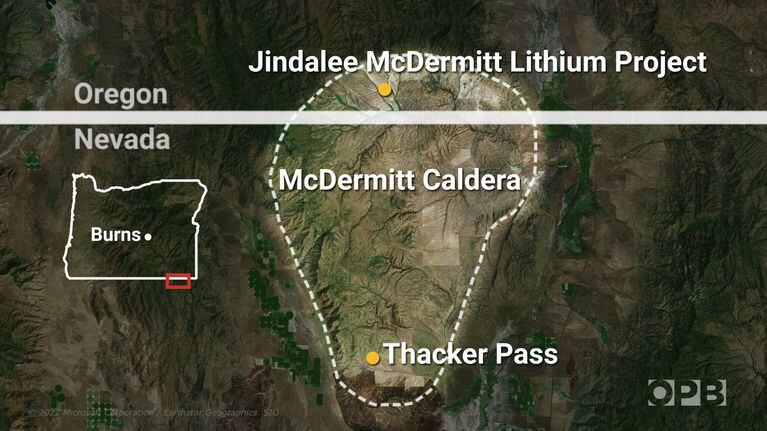The evidence of lignite mining in Neyveli was visible to us if we stepped outside our compound. From the gate, towards the far end of the road, we could see a small brown sandy hill, which was the overburden from the mines. Years later, the mining area expanded.
What if the lignite hadn't been mined?
The answer to that question is pretty simply that without the mines, there wouldn't have been a thermal power station. The electricity generated at Neyveli was (and is the case today too?) critical for the state's economic activities.
Mining permanently transforms the terrain and the entire ecosystem. But, without the essential mining like at Neyveli, there is no economic progress either.
Such a tension between nature and economics is played out all over the world. As students learn in ECON 101, there's no free lunch. Something gotta give.
We face those tradeoffs when it comes to "green" energy options too. In the race to power the world without fossil fuels, we have come to realize the importance of a lightweight: Lithium.
The International Energy Agency named lithium as the mineral for which there was the fastest growing demand as the world transitions from oil and gas to a green energy grid. If the world is to meet the global climate targets set as part of the Paris Agreement, at least 40 times as much lithium will be needed by 2040 compared with today.
We need lithium. We need lots of it. We need it now.
Lithium has to be mined. And, mining has problems. The problem has reached my neighborhood, to so speak. There is plenty of lithium in a vast area near the Oregon-Nevada border, in the McDermitt Caldera.
In addition to the impacts on the environment, the mining activity will happen on ancestral lands of Native American tribes. It will be a vast open-pit mining operation, similar to lignite mining in Neyveli.
The 18,000-acre Thacker Pass mine would reach into ancestral lands of the Fort McDermitt Paiute and Shoshone Tribes, the Burns Paiute Tribe, Reno Sparks Indian Colony and the Shoshone-Paiute Tribes of Duck Valley Indian Reservation.
Several of the tribes, along with environmental groups and others, say the mine would wreck their land, resources and culture, depleting or poisoning water supplies, destroying sacred sites, degrading wildlife habitat and leaving behind hazardous waste.
“They will never ever be able to repair this area. It will never look the same. It will never be reclaimed. It has irreparable harm,” [Daranda] Hinkey said. “What we see here is destruction of the lands, contamination of the water and complete cultural genocide to the Indigenous people here.”
To recap, on the one hand, we have a rapidly growing demand for lithium, which is needed for the transition away from fossil fuels that is screwing up the global climate. On the other hand, ... Estimates are that about 79% of lithium that can be mined in the US are within 35 miles of Native American reservations.
So, how would you resolve this tension?
Meanwhile, lithium is not the only metal that we will need in plenty in order to go forward into a renewable energy future. Recall this issue about cobalt, which is one hell of an expensive item in the lithium-ion battery?
The root problem will be obvious to anybody who thinks through all these. The root problem is our consumption. We want nice homes, climate controlled indoors, good food, great entertainment, fabulous clothes, travel to see the world, and more. Of course, I am no exception; I want them all! But, this collective consumption, for which there is no seeming end, means that we cannot ever get away from the difficult tradeoffs that we need to make. Remember, there's no free lunch!
How would you unearth the future?

No comments:
Post a Comment